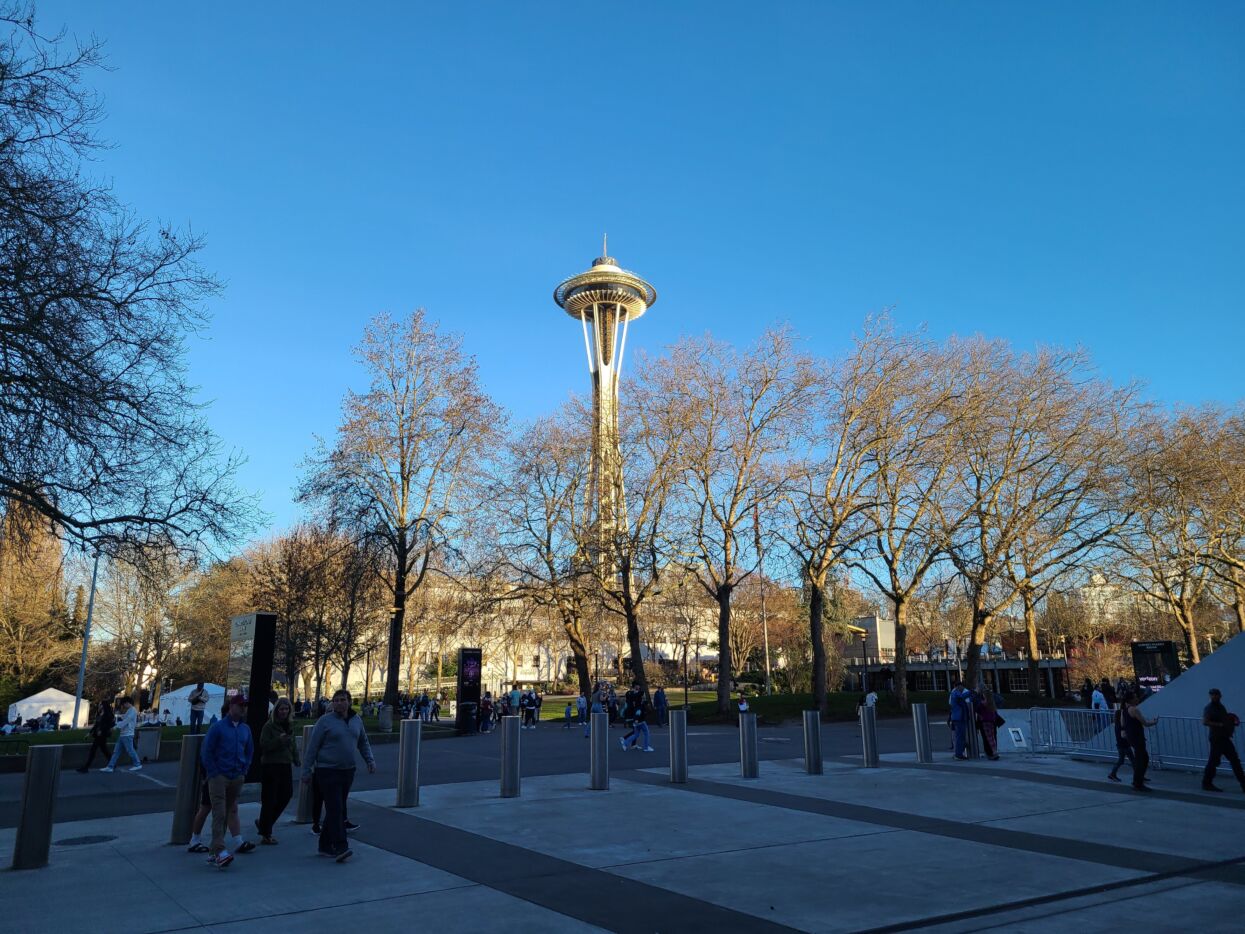YouTube ads and videos can be tricky, but with tips from our experts, it can be a breeze. During this unusual year, who can’t admit to escaping reality by watching silly pet or baby videos? YouTube has likely soothed many of us with amusing distractions. However, it provides much more than entertainment when it comes to higher education marketing.
Interact recently hosted a webinar with our partners from Google and ReachLocal to share trend data and insights to guide strategic marketing via YouTube. Here are the top 10 takeaways from what our team of experts shared about why and how to use YouTube to better reach and engage your prospects.
Why YouTube Ads?
1. YouTube Ads reach the most prospects.

Simply put, it’s where your students are. All of them. In fact, YouTube is the only ad-supported video platform to reach all audiences, with 94 percent reach among all age demographics. It reaches 98 percent of all 18-34-year-olds in the U.S. and more 18-49-year-olds than any broadcast or cable network on mobile. That’s the sweet spot for community colleges, whose average student age is 28.
We are now past the tipping point for TV—no longer the crown jewel of advertising. The a la carte era of viewing is here to stay. Nobody is sitting watching regular TV anymore. In 2019, there were 39.3 million cord cutters nationwide. To put this in greater perspective, there are now 22 million Comcast subscribers compared to 163 million Netflix subscribers. Primetime TV watching is down to only 25 percent, with the average age of those watching primetime 57 and older—not the core target market for those seeking degrees and workplace credentials.
2. YouTube gets you considered.
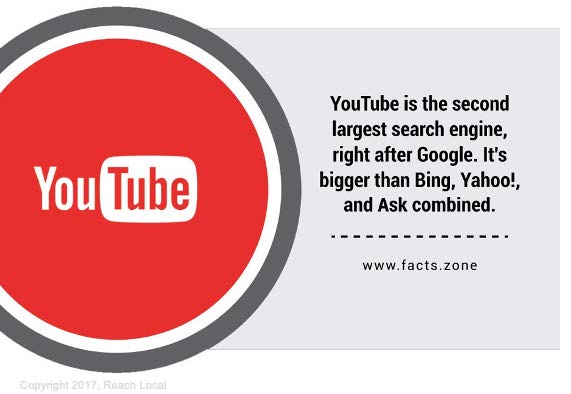
With 2 billion users logged in monthly, watching more than 1 billion hours of video each day, there’s no denying that video is king. In 2023, video is expected to account for nearly 83 percent of all online traffic.
Knowing that prospective students already limit their consideration of colleges to about four — and the vast majority, 75 percent, never expand beyond this initial set — it’s clear you need to invest in your brand on YouTube to engage prospects early in their journey. What’s more is 57 percent of students are searching first to get a broad sense of their options and then searching again to narrow their options. They are conducting their searches on Google and YouTube — the first and second largest search engines. So, establishing a one-two punch with an integrated pay-per-click and YouTube campaign can be a powerful play.
3. YouTube Ads and Videos inspire prospects on their journey.
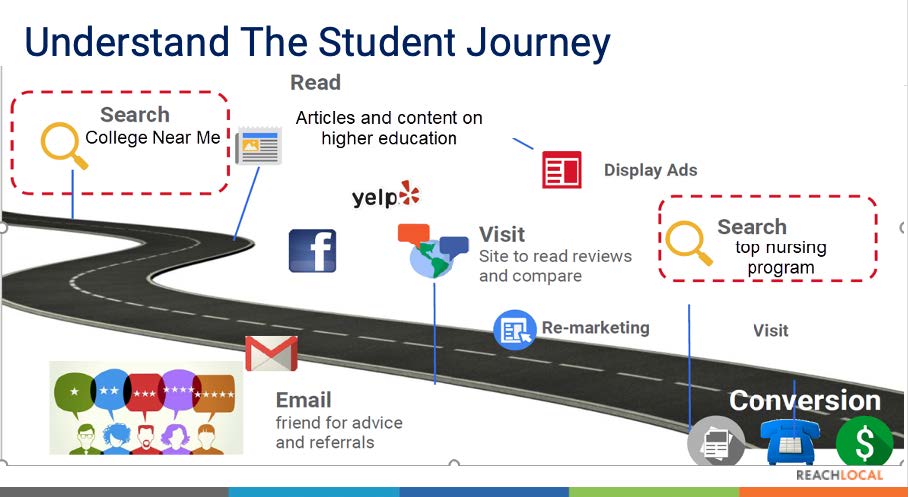
More people are turning to YouTube before making purchases. This goes for shopping for tangible products like cars, or less tangible services like higher education. No doubt you can recall doing this with a new purchase you recently made. You want to virtually experience the product or service before committing.
Prospective students come to YouTube for inspiration, guidance, and confidence. They continue to use YouTube as they move along in their student journey—which is complex, as more than 51% of prospective students spend over a year researching. The pandemic has only complicated and extended this process. In fact, the student journey today resembles a multi-lane highway during rush hour. To catch prospects as they enter and exit in this virtual decision-making world, it pays to maintain an ongoing YouTube presence.
4. YouTube makes you part of the new friends and family.

“Being able to find information on YouTube is almost like calling a friend.”
-Kelley, Prospective Student
Wow! That says a lot. Who wouldn’t want to be considered a friend? When you create your college presence on YouTube, that’s the kind of personal connection you’re making. In fact, three out of four people say YouTube creators are more like one of us and half say they are more trustworthy than traditional celebs. That means they’re likely to believe and count on what you share YouTube. And, because they have the power to skip, they only watch what they view as relevant. It’s not surprising relevant video ads get three times the attention of average video ads. Considering you only pay for the YouTube ads that are viewed, scoring high video completion views for your college is an exceptional value.
5. YouTube Ads and Videos give prospects the experience they want before committing.
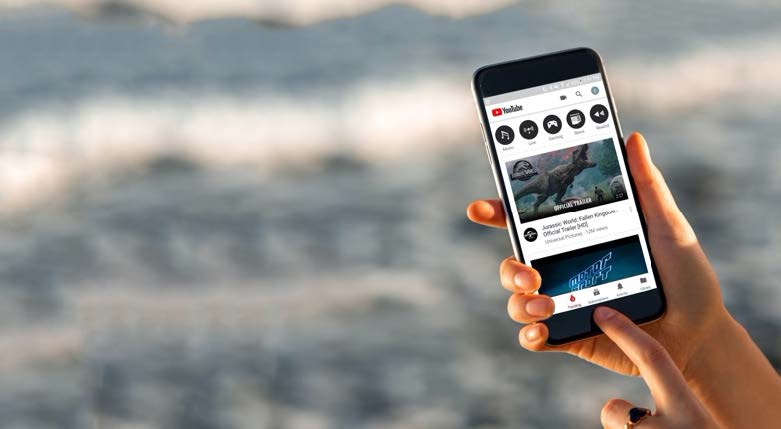
Here’s an interesting stat: Students who enroll in a college are also nine times more likely to credit digital video as the most influential resource in their decision process vs. dropouts from the process. Video actually triggers the emotional evolution that moves prospects along their student journey and seals the deal at the end. Think movie trailers! While rational factors like cost and program options play a role early on in the student’s consideration, less tangible, more emotional-based factors, like feeling a sense of belonging, are more impactful as they inch closer to a decision.
This suggests adopting a full-funnel video strategy that feeds prospects the helpful information they need during the more rational awareness phase. All the while, nurturing them with emotion-driving content they want as they’re ready to take the next step.
How to Leverage YouTube Ads?
1. Align your message with your audience.
As with any storytelling medium, when creating videos for YouTube, be sure to balance what you want to say with what they need to hear. Consider what’s happening in the world, and more specifically, in their worlds. Authentic narration, or letting students tell your stories, is a good way to accomplish this. This also enables you to connect beyond the surface level of demographic data, appealing to a much deeper layer that is driven by emotions and ultimately drives decision-making.
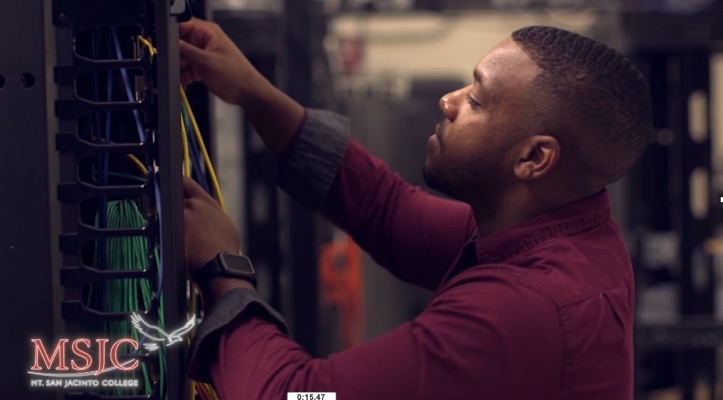
2. Don’t let the “skip” hide your brand.
Think about where your video is going to live when adding your visual brand elements. It’s common to use logos as signatures, often relegating them to the bottom right corner of ads. But that’s where the skip button appears when your YouTube ad runs. So consider your placement and how you might even be able to creatively or playfully use that skip button to break the fourth wall.
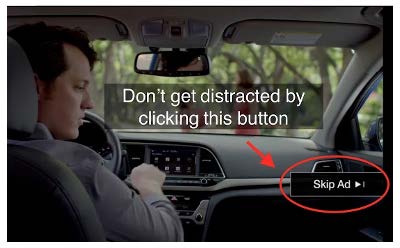
3. Experiment with Your YouTube Ads.

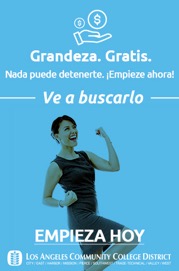
Not sure what will work better? Experiment. Digital gives you this testing power. Take advantage of the opportunity to run multiple sets of creative, apply A/B tests, and refine your messaging as you discover what resonates best with your different audiences. Being data-driven in your creative development will ultimately bolster your ROI.
4. Keep it moving (even if you don’t have video).
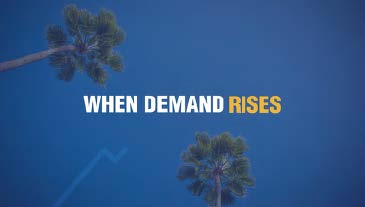
College of the Desert uses photography and animation to create a fun, visual experience for its YouTube preroll.
You don’t need a big budget to get great results. Even if you don’t have an in-house videographer and can’t afford to hire one, you can be creative with images and type. Use photography and/or animation to build your video. All you need to do is have some imagination and let it flow.
5. Build for attention.
Remember, you only have five seconds to hook them. There’s no time for an elaborate buildup. So, while your internal leadership may want you to promote everything they love about your college, resist. This is the time for brevity and clarity. It’s time to abandon the traditional story arc your high school English teacher may have taught you and adopt the emerging story arc. Focus on one key message and communicate that with impact within those first 5 seconds. And be sure they know it’s your college, in case they do skip the rest. At the very least, you’ll have made a 5-second, no-cost impression!
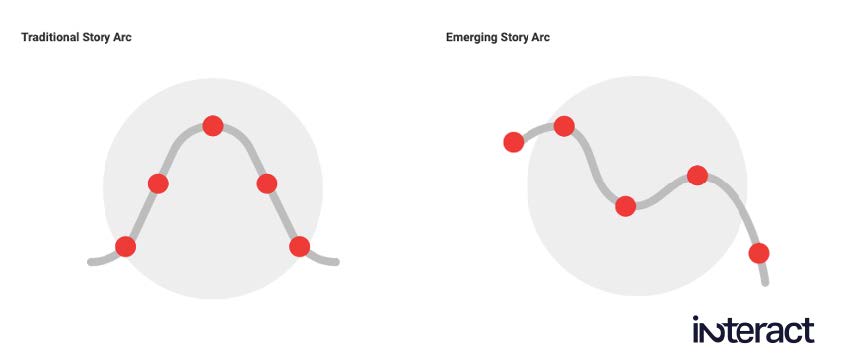
Want to learn more insights in college marketing? Check out one of our latest blogs, “The Program Marketing Life Cycle: Priorities, Tactics, and Messaging Top 8 Tips and Tricks.”
Blog Credits:
Content pulled from data and insights shared by the following presenters during Interact’s Nov. 12, 2020 webinar: Hey, Google! How Can We Use YouTube to Reach More Students?

